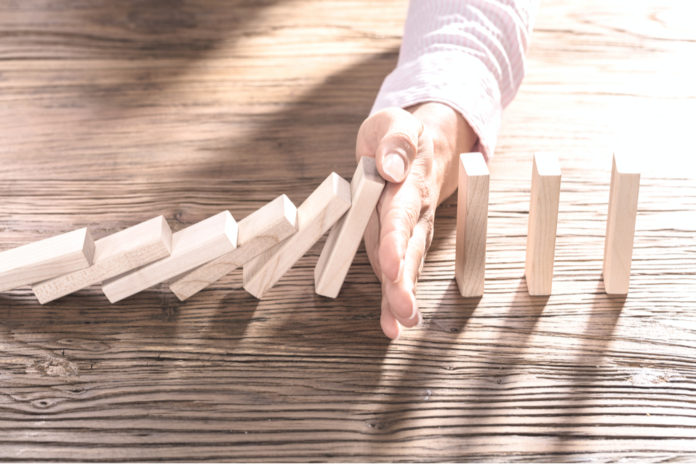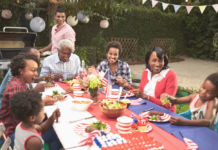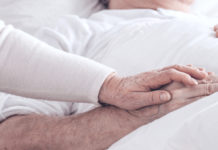Reducing falls within the elderly population helps to obtain independence, decrease hospital visits and limit placements at nursing homes.
But with the likelihood of falls increases with age, fall prevention tips are essential for caregivers and family members.
Try these eight simple tips to help prevent falls for your loved one.
Senior Fall Prevention Tips
Fall prevention can fundamentally be broken down into two components, dealing with the health of the elderly along with their surroundings and environment.
Optimizing Senior Health
Muscle Mass
As age advances, muscle mass is likely to decline. Reduced muscle strength poses an increased risk of falls.
To combat and reduce the inevitable, seniors can partake in strength-training. Additionally, a well-balanced diet filled with protein can help facilitate muscle maintenance.
Preserving muscle mass further reduces the strain on patient care technicians. During transfers, strength offered by all involved reduces the opportunity for falls.
Hydration
Seniors are at an increased risk of dehydration related to reduced thirst. Dehydration additionally compromises mental clarity and may cause lightheadedness, ultimately formulating a fall.
Helping elderly maintain hydration is extremely valuable and imperative to overall health.
Tips to help elderly maintain hydration include placing drinks in convenient spots, accommodating to personal beverage choices, offering ice chips, and promoting fruit intake with high-water content (such as watermelon).
Age-Related Diseases
Dementia and Alzheimer’s disease can be devastating to all those involved, especially to close families and friends.
The combination of appetite loss and feeding difficulties can ultimately result in a weakened body, thus increasing fall risk. These patients should have an unrestrictive, liberated diet to reduce malnutrition.
If or when dealing with such conditions, help facilitate mealtimes and offer assistance. Affected individuals mostly lack self-awareness and may have a track record of wandering.
If available, padded rooms can reduce fall risk or offer cushioning to reduce fall severity.
Medications
Some prescribed medications may cause negative side effects. It is important to verify potential consequences that can increase the risk of falls – dizziness, weakness, and motion sickness to name a few.
If managing diabetes, noncompliance with medications may result in hypoglycemic events and increase fall risk.
Environmental Factors and Living Surroundings
Lighting
Increased lighting allows for better visuals of surroundings and limits the risk of potential falls.
Installing nightlights can further offer light during dim early mornings or dark nighttime hours, especially when using the restroom in the middle of the night.
Floors
Eliminating clutter and maintaining clear floors decreases stumbles and falls. Cords laying on the floor poses a risk for not only seniors but for anyone.
Additionally, verify that rugs are lying flat on the floor or removed as needed. Move boxes, tables, etc. from high-traffic home areas, especially in hallways.
Railings
Install handrails in the bathroom near the toilet and shower. If stairs are in the home, be sure to offer railings on both sides for enhanced stability.
But ultimately, patients without stair climbing strength should remain on the first floor or use an elevator if offered, especially if lacking care supervision.
Bathrooms
Using the toilet and shower requires the lifting and manipulation of the body. Since their use is seemingly inescapable, offer safety in the restroom.
Install grab bars next to toilets and bathtubs along with offering nonslip mats in showers. A sturdy seat and handheld shower nozzle can also offer safety, especially in slippery bathtub areas.
Additionally, especially at a healthcare facility or for a caregiver provider, fall prevention training must be completed.
In addition to the tips described above, education on proper lifting and mobility techniques should be offered.
If a senior is living alone, a fall device can be their saving grace. Some devices require the push of a button while others automatically call emergency help if a fall is detected.
Well-fitting and sturdy shoes can further align with fall prevention in the elderly. Accidental falls are sometimes unavoidable – but with proper training and tips, falls can be prevented or at least reduced!
Reference:
Fall prevention: Simple tips to prevent falls. Mayo Clinic.






